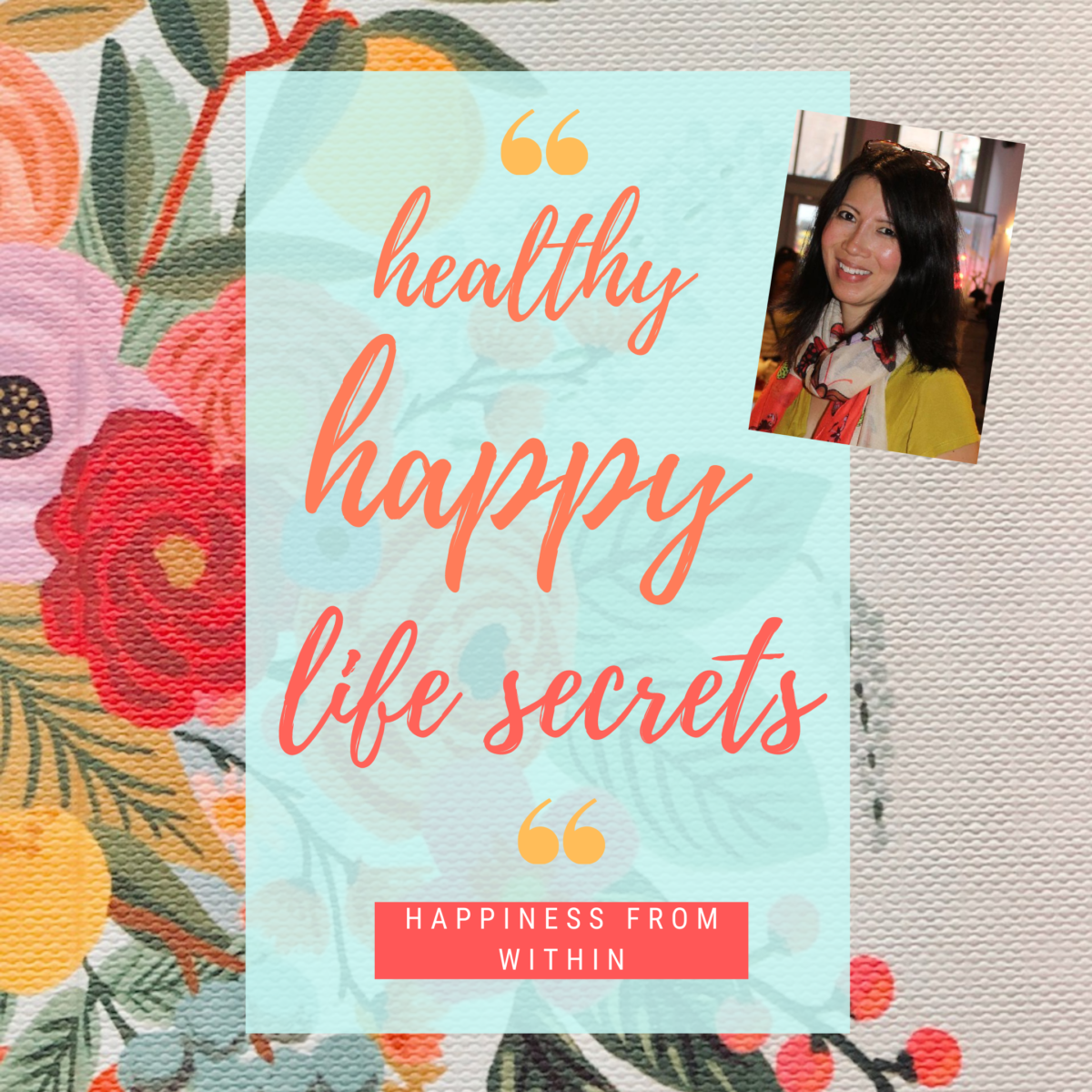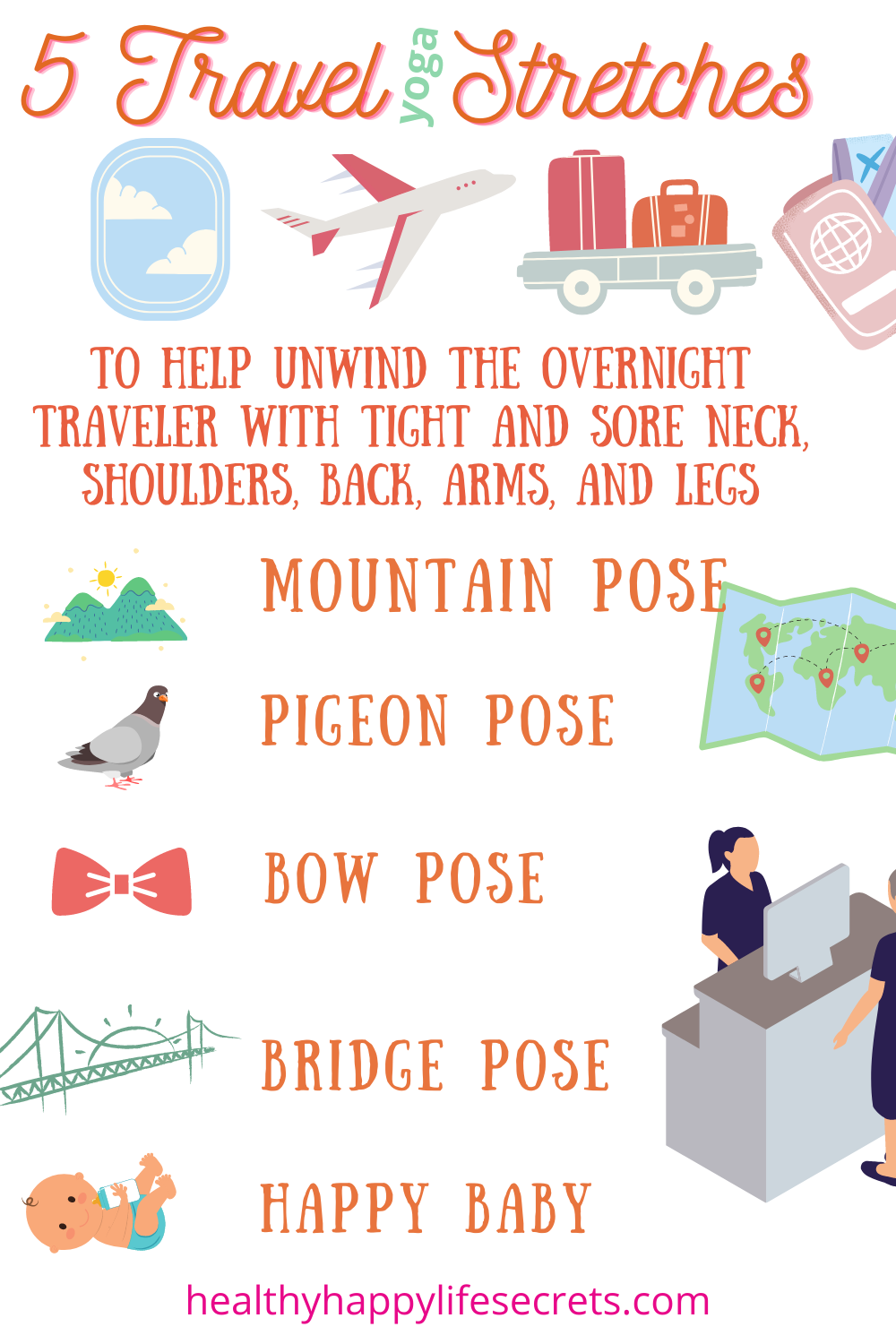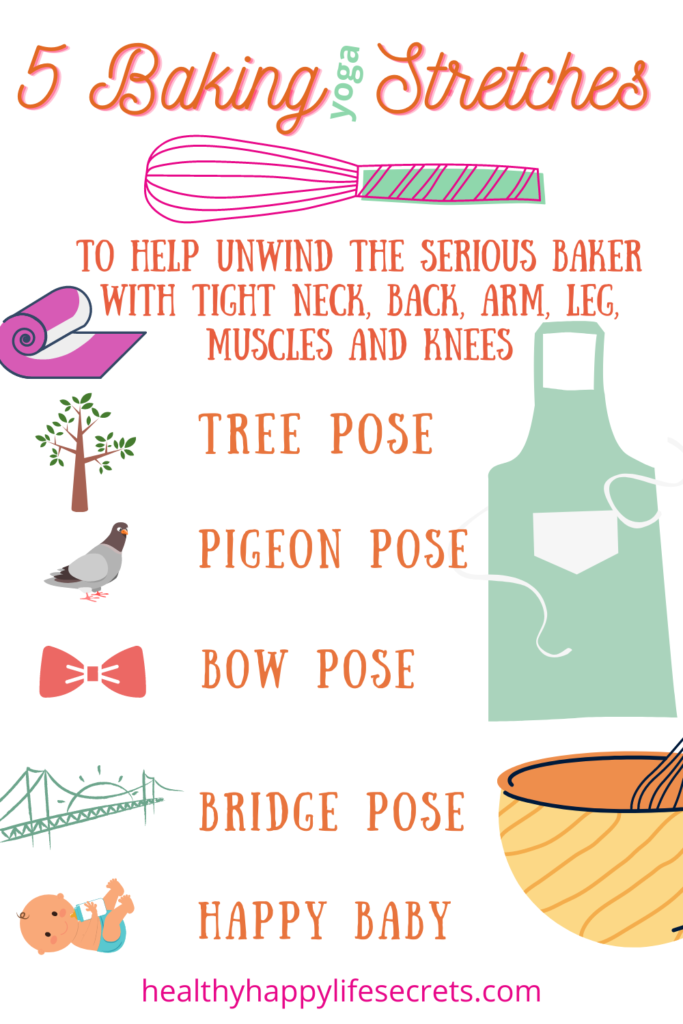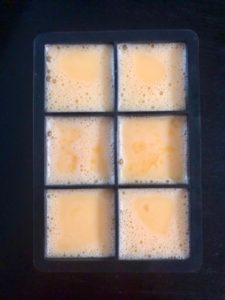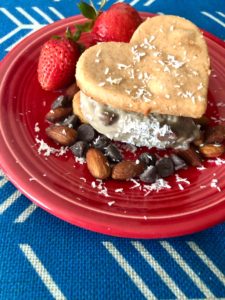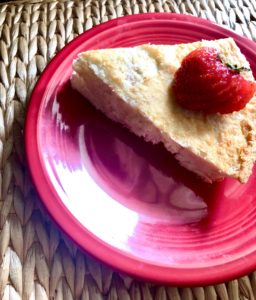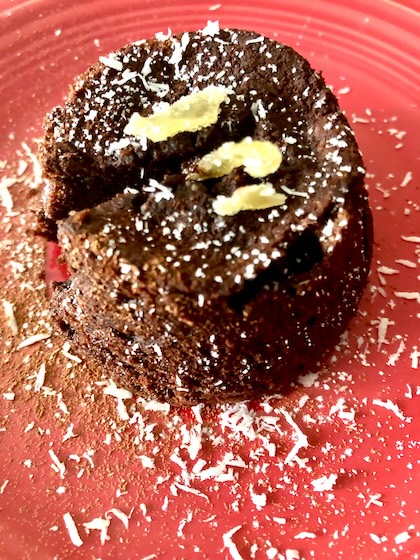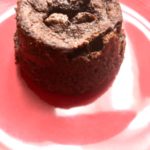Chair yoga poses will be a lifesaver if you’re like many work in an office and sit in a chair most the day since your shoulder, neck, and back posture are compromised.
And if that’s your daily work ritual, then these poses described below will help…
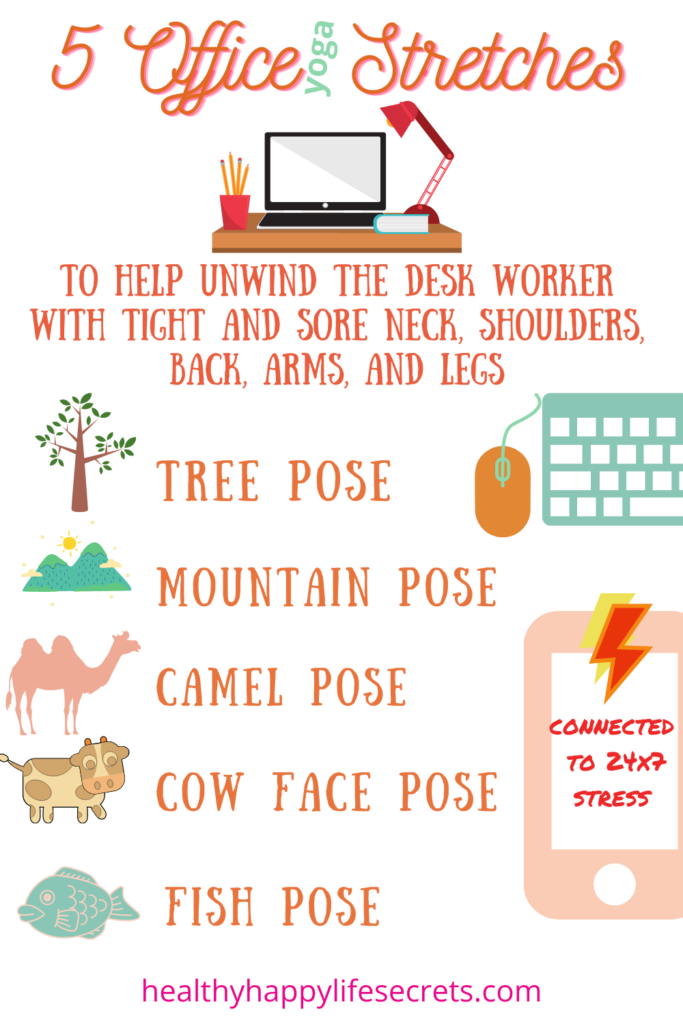
Towards the end, you’ll also learn what structure I think in Liverpool (that’s home to The Beatles band) is an inspiration for a special yoga pose at day’s end!
…oh, and I won’t even let Sir Paul McCartney ruin it as he’s looking pretty calm and relaxed here in his leaning pose outside the Liverpool cavern he used to play at. 😀


…His work, btw, at Abbey Road wasn’t one like the modern worker. And if you’re working in an office, most likely you’re not just leaning around with nothing to do.
In any day, your body is under stress and experiencing some form of tension even if it doesn’t feel that way at the time.
And especially if you’re in front of a computer, it’s smart to invest in a desk keyboard and keyboard rolling tray for your desk.
You don’t want to type long form on your laptop’s keyboard if that’s your habit… or a keyboard that sits on your lap… or even on top of a desk where your wrists are unnaturally raised.
…Those were all big no-no’s that I learned the hard way.
Small, but repetitive moves wreak havoc on your wrists, neck, shoulders, and back over time. That’s what happened to me for one season… where I had daily pain in my upper arm from the repetitive typing motions.
Then I learned to stop and do yoga, and bend my right wing (arm) in just the right way to restore the stress pain daily.
Now that’s a smart move… combining yoga and therapy all in one without having to leave my chair or spend a dime 😉
I also recommend a rectangular pillow on the small of the back. Remember, your lower back supports your mid to upper back and everything above, so treat it carefully.
But even with the right ergonomic office tools and desk alignment, you’ll still find chair yoga moves super helpful in your day.
Chair Yoga Poses 🪑
Just like it sounds, chair yoga you may have heard of is done in your chair.
You could set a reminder every hour to do some chair yoga. …or when you take a sip of your warm beverage …or are waiting for the computer screen to refresh or take action.
For starters, turn your neck to look out your left and right sides.
That also gives you an opportunity to take a quick looksy outside your window and see what’s happenin’ or around your room for an eye break.
Then, tilt your head down to each shoulder from side to side, and look up toward the ceiling.
Roll your neck in a circular motion from front to back and reverse the roll. That should feel really gooood!
And when you’re warmed up…
You can do a variation of a Cow face pose that you would normally do on a mat, but you can do it in your office chair too. You can do the pose with the top half of your body where you reach one arm over your shoulder to your back, and then grab the opposite arm and hand coming from underneath your back on the opposite side.
If your hands don’t meet or clasp at the fingers, you can use a towel as a prop to grab onto. One side is usually tighter than the other. Keep trying. And alternate sides. Your shoulders should feel instantly better.
This is a great chest opener for rounded shoulders that are usually rolled forward on a computer desk.
When you breathe, you can use “moo” as your “om” exhale sound for this pose. Now you won’t forget the name of this Cow face pose. 🐮
Cow face also helps to reverse your arm tension that’s usually swinging in forward motion.
[Just FYI, it’s good to send your arms behind you or your back whenever you can. You could grab your opposite elbows behind your back as an easy way… or grab and pull on the top of a chair with each arm for some resistance.]
For your body’s good, keep body parts movin’ so you don’t hear hard snap, crackle, pop sounds that mean you’re really tight and need mooo-re stretching in those areas.
To silence crunchy sounds if you’ve experienced those, I always start off by thinking about what body parts feel tension without movement …and then move and wiggle around a little to see what feels good.
Your body is intuitive for you. And some people’s muscles are more stretchy, so don’t compare yourself to what others can do.
And if it feels good to you, then it’s doing you good!
And from there… I figure out what needs to happen. If you’ve been doing yoga for a while or know various yoga poses, then you can think of specific poses. But if you can’t, then you can either follow the poses prescribed or flow poses like I’m giving here.
Or just make up your own. Stretching doesn’t always have to have a name, but most standing, sitting, and laying down on front or back poses do have a name.
And here are a few more office chair moves that you can for chest and shoulder openers:
Have prayer hands behind your back like in Camel pose I mentioned last time about travel yoga poses you can take with you.
And in the spirit of chair yoga, another great one is having raised Cactus arms to your sides. You raise your arms to your sides like Airplane arms and then bend them so they’re in an “L” shape beside your shoulders (palms facing forward).
You may be thinking you’re not really doing anything good to your body if you’re in a chair and not doing active poses on a mat, but any movement that takes your weight off your body in places and spaces carrying your own body weight helps your body.
…That’s one reason we sleep laying down and not actively seated where tension is added to the body so it can rest-reset-restore.
So yes, just sitting is work for your body! Tell that to your boss 😉
Away From Office Chair Yoga Poses
And away from your chair, you get up, you can stop and do a Mountain, Tree, and Chair pose (I call it “the invisible chair” without a chair)… always good for any prolonged sitting activity.
You could try a creative Mountain-Tree-Chair pose variation. I made this one up where I fold my leg on top of my opposite thigh, bend down in an invisible chair pose and raise my arms to the ceiling.
This does a world of good for your entire body and you can do this while you’re watching television and transform into a one-of-a-kind chair if you want to get off the couch potato pose. 🥔
And at the end of the long day, when you get yourself to a yoga mat, a great neck reversing restoring pose is laying down in Fish pose.
Lay face up on your mat with your elbows lifting most of your back up to your head off the mat. And then let your neck gently hang like a rag on a laundry line, so that you’re looking upside down at the opposite side of the room.

This takes the weight and pressure off your neck.
Then take a rest pose moment.
And when you feel ready, raise up into your Bridge pose… and when you come back down onto your mat, next time go for the high-energy arms Wheel pose, that’s amazing for stretching your back and giving you a burst of energy. You might be surprised at how high you can go, and freeing it feels to let your head and hair hang down!
In Wheel pose, I think of a Ferris wheel and how grand and controlled they look. This is the Liverpool one on the pier. Remember I mentioned I would share a ‘lil yoga inspiration.

The view from above ferris wheels is different from that below. And you can end your day on a high note even if it was spent in an office chair all day. 🎡
